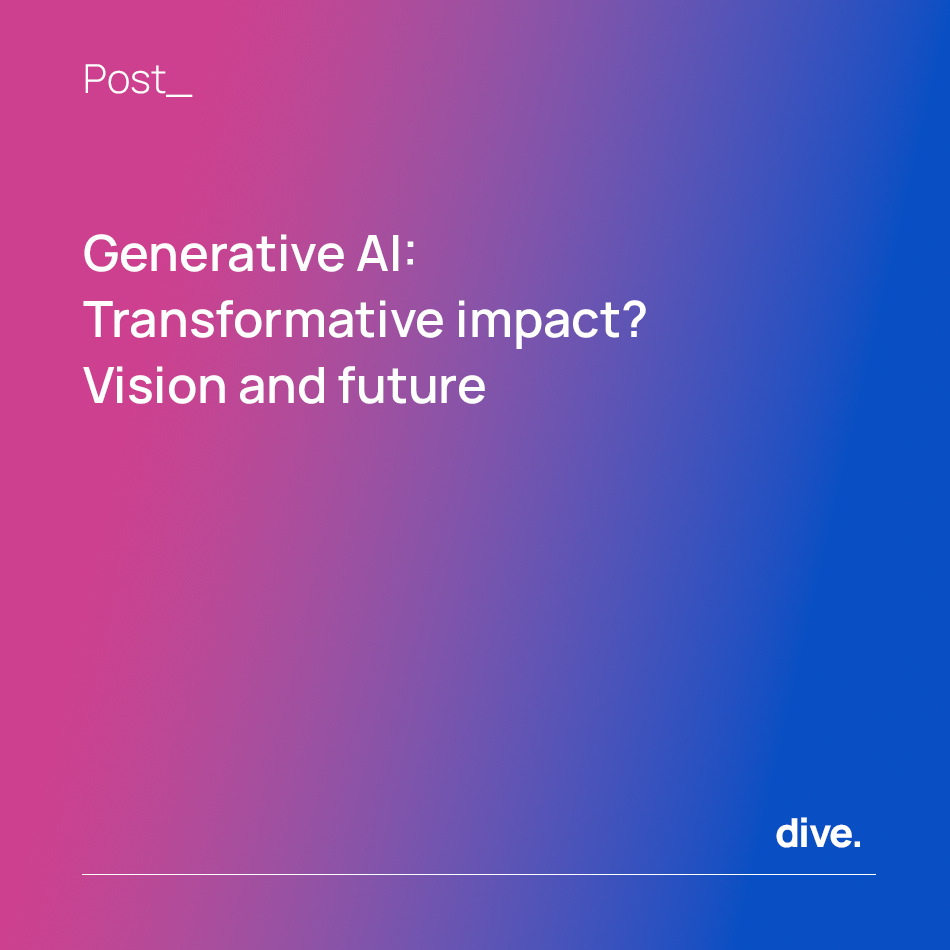Approximately a year ago, Martín Casado, General Partner at Andreessen Horowitz (a16z), kicked off the “AI Revolution Series” with “The Economic Case for Generative AI.”
In his talk, Casado offers a deep insight into the economic impact of generative AI. He argues that this technology promises a significant structural transformation across various sectors, from task automation to content creation. His analysis highlights that generative AI will not only revolutionize productivity but also introduce new competitive dynamics, where companies that adopt this technology swiftly will gain advantages. The true potential lies in its ability to reshape entire industries, rewriting the rules of the economic game.
When delving deeper into Casado’s vision of generative AI and its adoption by companies, it is essential to contrast his optimism with other perspectives that have gradually emerged. While Casado emphasizes the economic potential and structural transformation of entire sectors, critics point out that implementation has been slower than expected in some areas, particularly due to technical complexity, cost, and lack of qualified personnel. Additionally, regulators and labor rights advocates have raised concerns about possible job disruption and the risks of tech monopolies.
On the one hand, Casado stresses that generative AI allows for the automation of creative tasks and process optimization, giving companies that adopt it a significant competitive edge. His argument focuses on cost savings, faster decision-making, and the possibility of scaling personalized products and services. However, the widespread adoption of generative AI has faced barriers. According to some experts, many companies underestimate the initial investment required and the challenges related to training suitable personnel. Despite technological advances, organizational resistance to change also remains a significant obstacle.
Moreover, while leading companies like OpenAI, Microsoft, and Google have made great strides, small and medium-sized enterprises face difficulties in integrating these technologies due to the lack of robust infrastructures or system interoperability. Other critics argue that although generative AI offers great promise, its applications are often limited by the quality of the data used to train it, which can lead to bias in automated decisions.
Another point of friction is the concern over AI’s impact on employment. While Casado highlights the new opportunities created by the technology, many analysts foresee a considerable displacement of jobs in creative and administrative sectors. In particular, unions and labor activists have raised questions about how companies and governments will manage the transition, urging for policies that mitigate the negative effects of automation.
A crucial aspect is that the future of AI adoption, especially generative AI, will be strongly influenced by regulatory differences between regions. While countries like the United States and China have more flexible regulations, allowing for rapid innovation and experimentation, Europe faces a different scenario. EU legislation, such as the General Data Protection Regulation (GDPR) and the AI Act, imposes stricter restrictions regarding data collection and algorithmic transparency. This, while ensuring user protection, could slow down the adoption of generative AI compared to other regions.
The European approach, focused on ethics and rights protection, could translate into a short-term competitive disadvantage for local companies, especially if they are not allowed to experiment and adapt quickly to these new technologies. However, in the long run, establishing a robust regulatory framework could benefit both consumers and companies by fostering safer and fairer AI. In this regard, companies that manage to balance innovation and regulatory compliance will be the most competitive.
On the other hand, the advantage of markets with laxer legislation could be diminished if consumers, concerned about data misuse or algorithmic biases, demand higher security and transparency standards. Therefore, effective AI adoption will depend not only on how quickly companies integrate these technologies but also on how they do so within the ethical and regulatory boundaries of their environment.
In conclusion, the race to dominate generative AI will not only be technological or economic but also regulatory. European companies will face the challenge of innovating within a legal framework that protects consumers, while regions with fewer restrictions may be tempted to grow quickly without addressing the ethical implications of this technology. The key question will be who can find the perfect balance between innovation, competitiveness, and social responsibility.
Casado encourages companies to act quickly and strategically, but it is clear that the path toward widespread adoption of generative AI is still full of nuances and complex challenges.
Luisma.






